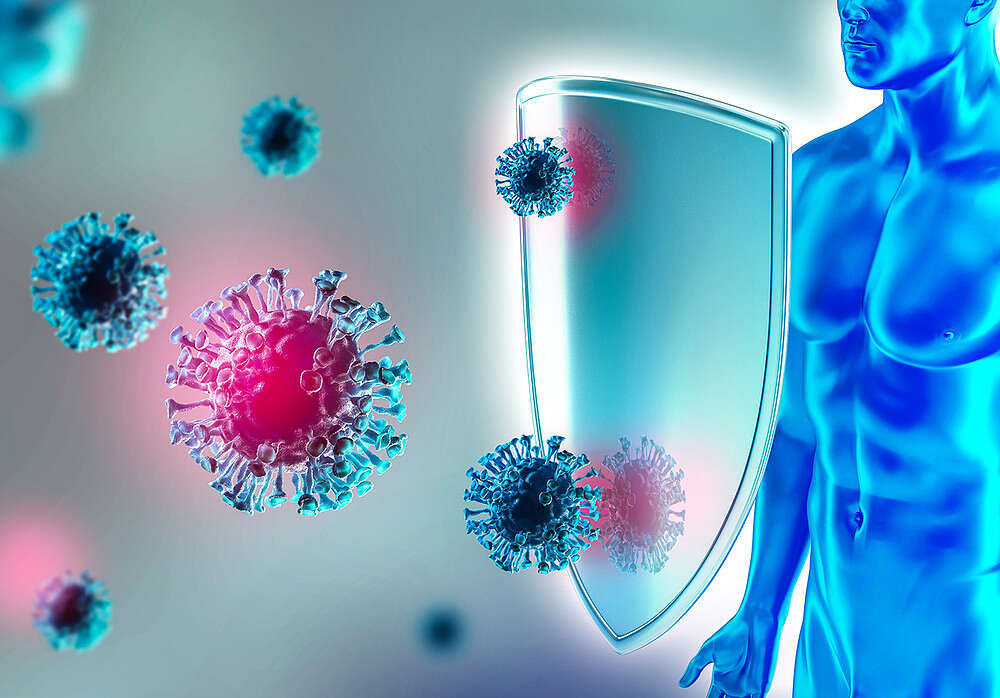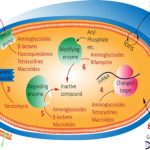Our immune system is essential for our survival. Without an immune system, our bodies would be open to attack from bacteria, viruses, parasites, and more. It is our immune system that keeps us healthy as we drift through a sea of pathogens.
This vast network of cells and tissues is constantly on the lookout for invaders, and once an enemy is spotted, a complex attack is mounted.
The immune system is spread throughout the body and involves many types of cells, organs, proteins, and tissues. Crucially, it can distinguish our tissue from foreign tissue — self from non-self. Dead and faulty cells are also recognized and cleared away by the immune system.
If the immune system encounters a pathogen, for instance, a bacterium, virus, or parasite, it mounts a so-called immune response. Later, we will explain how this works, but first, we will introduce some of the main characters in the immune system.
White blood cells

Share on PinterestA white blood cell (yellow), attacking anthrax bacteria (orange). The white line at the bottom is 5 micrometers long.
White blood cells are also called leukocytes. They circulate in the body in blood vessels and the lymphatic vessels that parallel the veins and arteries.
White blood cells are on constant patrol and looking for pathogens. When they find a target, they begin to multiply and send signals out to other cell types to do the same.
Our white blood cells are stored in different places in the body, which are referred to as lymphoid organs. These include the following:
- Thymus — a gland between the lungs and just below the neck.
- Spleen — an organ that filters the blood. It sits in the upper left of the abdomen.
- Bone marrow — found in the center of the bones, it also produces red blood cells.
- Lymph nodes —small glands positioned throughout the body, linked by lymphatic vessels.
There are two main types of leukocyte:
1. Phagocytes
These cells surround and absorb pathogens and break them down, effectively eating them. There are several types, including:
- Neutrophils — these are the most common type of phagocyte and tend to attack bacteria.
- Monocytes — these are the largest type and have several roles.
- Macrophages — these patrol for pathogens and also remove dead and dying cells.
- Mast cells — they have many jobs, including helping to heal wounds and defend against pathogens.
2. Lymphocytes
Lymphocytes help the body to remember previous invaders and recognize them if they come back to attack again.
Lymphocytes begin their life in bone marrow. Some stay in the marrow and develop into B lymphocytes (B cells), others head to the thymus and become T lymphocytes (T cells). These two cell types have different roles:
- B lymphocytes — they produce antibodies and help alert the T lymphocytes.
- T lymphocytes — they destroy compromised cells in the body and help alert other leukocytes.


